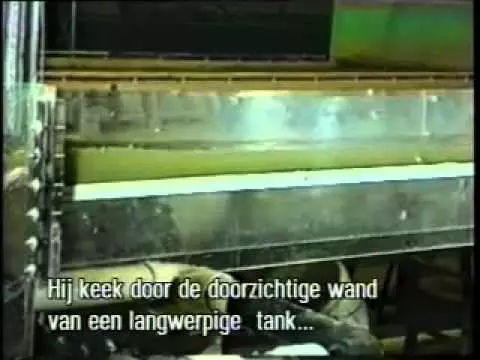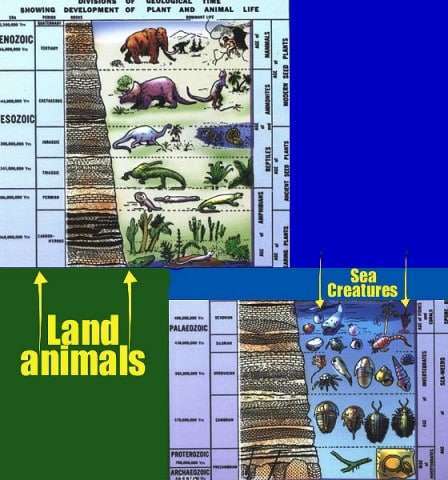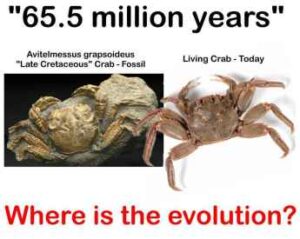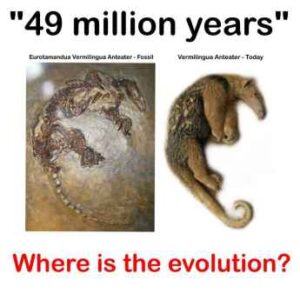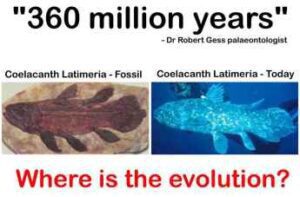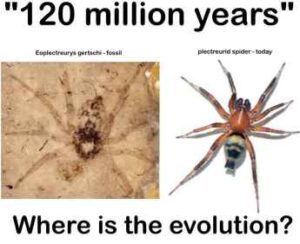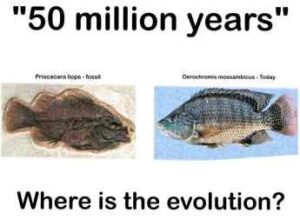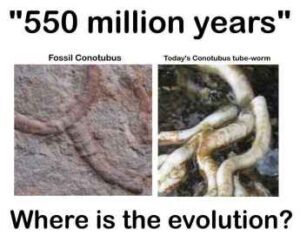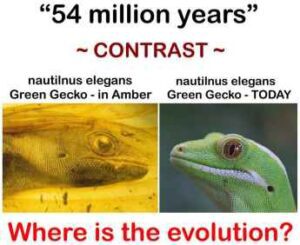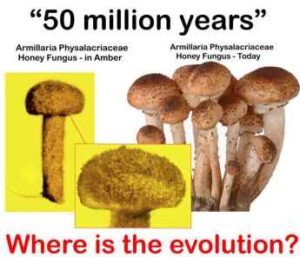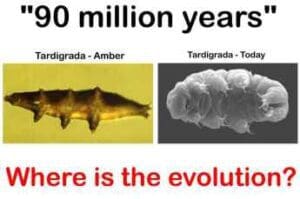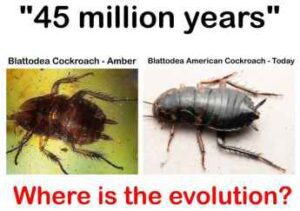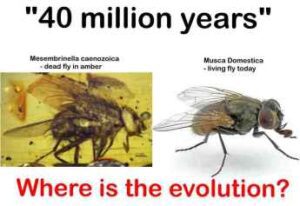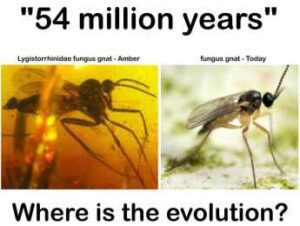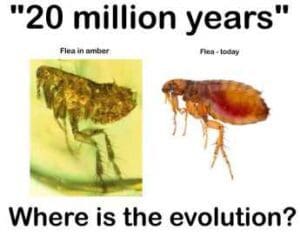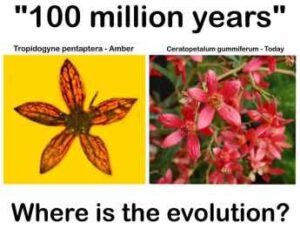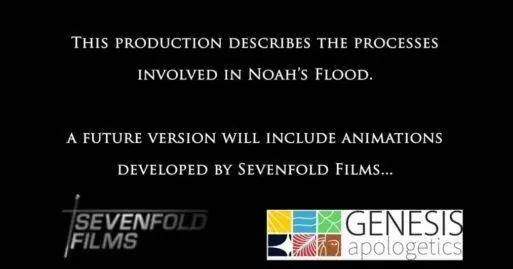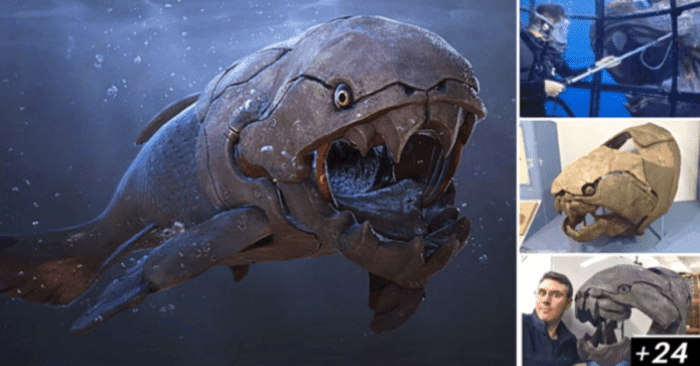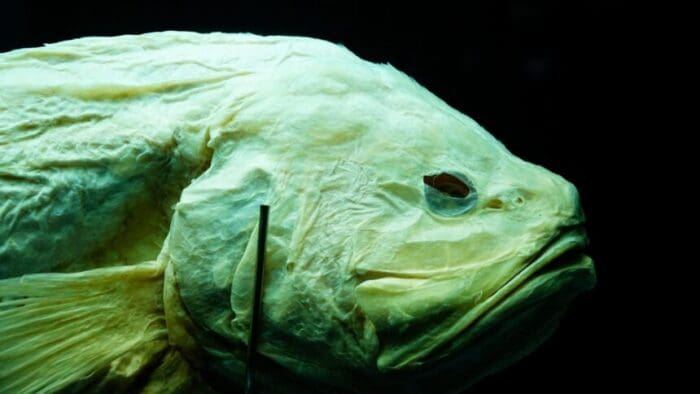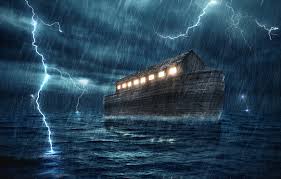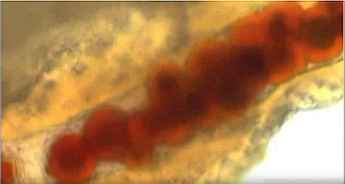This will be undeniable evidence that any creationist can use to prove that the Flood did create a lot of what we see, and not “Deep Time” like the evolutionists claim. I will try to put all the information in an order that is easy to understand along with being as brief as possible without leaving the important stuff out.
- Is there enough water for a World Wide Flood? Yes there is. In the past few years using seismic tools. They have found that a mineral called ” wadsleyite” holds 2% water by weight. That may not sound like much until you realize how much wadsleyite exists in the upper mantle of the earth. Figures show that 2% would work out to be somewhere around 30 oceans worth added to the water that we already know exists. And this has been tested in more than one place by more than one scientist which makes the results observable and repeatable which is empirical evidence. Which means evolutionists can no longer deny the possibility that a flood of this magnitude could happen.
References:
http://www.livescience.com/1312-huge-ocean-discovered-earth.htmlhttp://phys.org/news90171847.htmlhttp://news.wustl.edu/news/Pages/8749.aspx - Can the waters from the flood lay out the Geologic Column as we see it today? The evolutionist side has no observable mechanism to do this so all they have is the claim that “Deep Time” did it. But water will sort sediments and is observable and repeatable. The video below shows this and shows how every sediment pattern formed that exists today. And this is observable and repeatable which makes it empirical evidence. Evolutionists have nothing. Empirical evidence beats the “Deep Time” claim any day.
Time has no process to sort. Yet 3 types of sorting can be observed.
Sediment sorting as shown in the videos above.
Side note: There are more than 300 Living Fossils and frozen in time amber evidence. Some of that list is below.
List of Living Fossils:
Plants
Amborellaceae
Araucaria araucana the Monkey Puzzle tree
CycadsGinkgo tree (Nasikabatrachus sahyadrensis)
Horsetails Equisetum (Equisetaceae)
Metasequoia Dawn Redwood (Cupressaceae)
Sciadopitys tree (Sciadopityaceae)
Whisk ferns Psilotum (Psilotaceae)
Welwitschia (Welwitschiaceae)
Wollemia tree (Araucariaceae)
Fungi
Neolecta
Animals
Aardvark (Orycteropus afer)
Cypriot mouse (Mus cypriacus)
Red Panda (Ailurus fulgens)
Okapi (Okapia johnstoni)
Koala (Phascolarctos cinereus)
Laotian Rock Rat (Laonastes aenigmamus)
Volcano rabbit (Romerolagus diazi)
Amami rabbit (Pentalagus furnessi)
Iriomote cat (Prionailurus iriomotensis)
Monito del Monte (Dromiciops gliroides)
monotremes (the platypus and echidna)
Mountain Beaver (Aplodontia rufa)
Opossums
Acanthisittidae (New Zealand “wrens”)
Hoatzin(Ophisthocomus hoazin)
Broad-billed Sapayoa (Sapayoa aenigma)
Bearded Reedling (Panurus biarmicus)
Coliiformes (mousebirds, 6 living species in 2 genera)
Magpie-goose (Anseranas semipalmata)
Reptiles
Pig-nosed turtle
Crocodilia (crocodiles, gavials and alligators)
Tuatara (Sphenodon punctatus and Sphenodon guntheri)
Amphibians
Purple frog (Nasikabatrachus sahyadrensis)
Bony fish
Bowfin (Amia calva)
Coelacanth (the lobed-finned Latimeria menadoensis and Latimeria chalumnae)
Queensland lungfish (Neoceratodus fosteri)
Sturgeons and paddlefish (Acipenseriformes)
Sharks
Frilled shark (Chlamydoselachus anguineus)
Insects
Mantophasmatodea (gladiators; a few living species)
Mymarommatid wasps (10 living species in genus Palaeomymar)
Nevrorthidae (3 species-poor genera)
Notiothauma reedi (a scorpionfly relative)
Orussidae (parasitic wood wasps; about 70 living species in 16 genera)
Peloridiidae (peloridiid bugs; fewer than 30 living species in 13 genera)
Sikhotealinia zhiltzovae (a jurodid beetle)
Syntexis libocedrii (Anaxyelidae cedar wood wasp)
Crustaceans
glypheoid lobsters (3 living species: Neoglyphea inopinata, N. neocaledonica, and Laurentaeglyphea neocaledonica)
Stomatopods (Mantis shrimp)
Triops cancriformis (also known as Tadpole shrimp) (a notostracid crustacean)
Molluscs
Nautilina (e.g. Nautilus pompilius)
Neopilina galateae, a monoplacophorid mollusc
Ennucula superba (Nut clam)
Other invertebrates
crinoids
Horseshoe crab (only 4 living species of the class Xiphosura, family Limulidae: Limulus polyphemus,Tachypleus gigas, Tachypleus tridentatus and Carcinoscorpius rotundicauda)
Lingula anatina (an inarticulate brachiopod)
onychophorans
Valdiviathyris quenstedti (a craniforman brachiopod)
